- Structural steel is one of the materials used for any kind of construction steel, it is created with a specific shape. These steel materials have certain standards in terms of chemical composition and suitable strength. Steel material is also defined as hot-rolled product, with cross-sections such as corners, grooves and beams. The demand for steel structures is increasing around the world
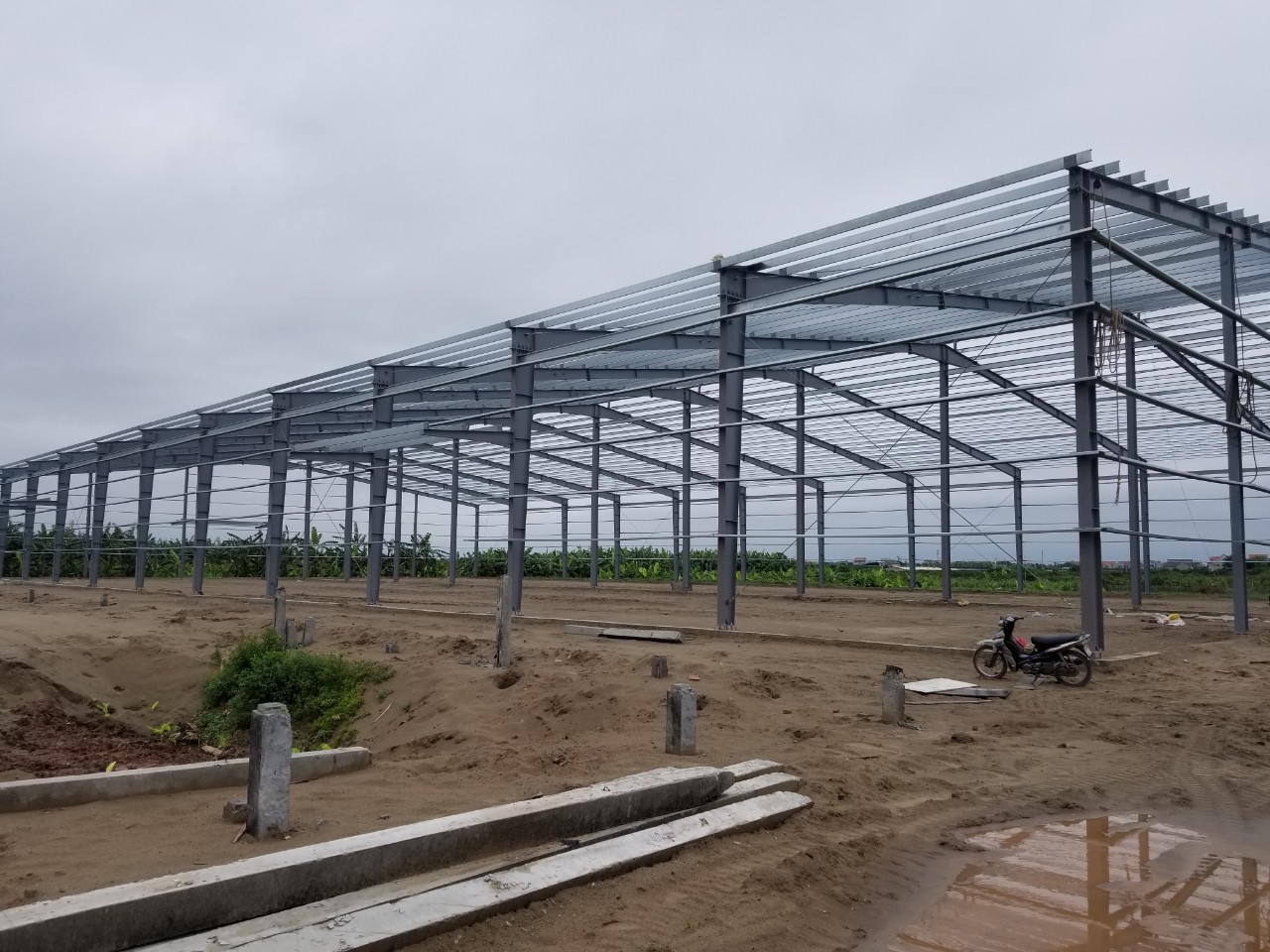
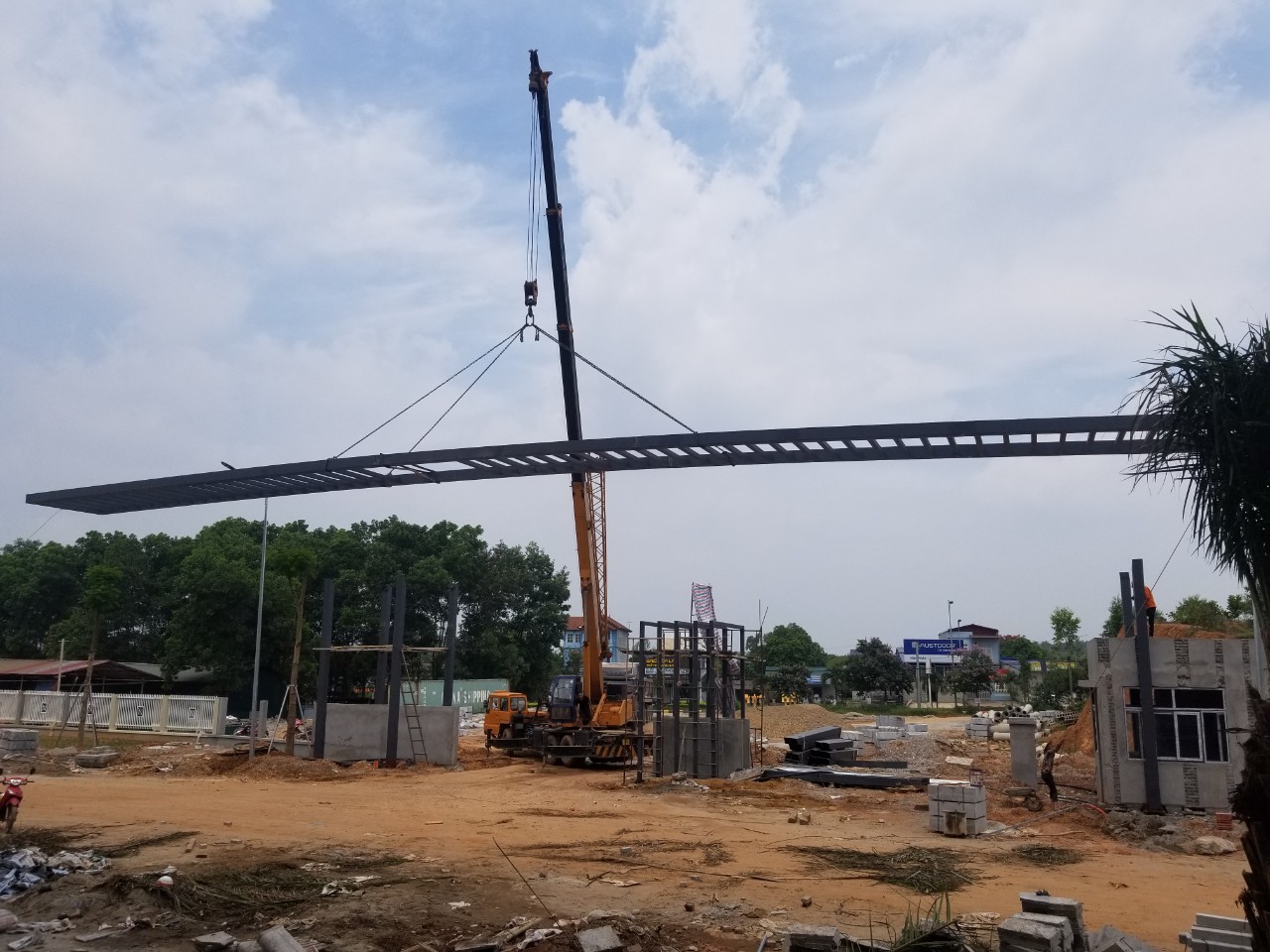
Steel structure can be classified as follows:
- Frame construction
- Plate beams
- Steel arch bridge
- Industrial buildings
- Tower transmission line
Advantages and disadvantages of steel structures:
- In general, the advantages of steel structures are as follows: High strength steel over a high weight ratio. Hence the dead weight of steel structures is relatively small. This property makes steel a very attractive structural material for a number of multi-storey buildings, long span bridges, etc.
- It may undergo plastic deformation before failure; this provides greater reserve strength. This property is called ductility.
- Steel properties can be predicted with very high certainty. In fact, steel exhibits elasticity up to a relatively high level of stress and is often well defined.
- Steel structures can be constructed with high quality and narrow tolerances.
- Steel structures can often be prefabricated and mass produced.
- Can be applied quickly in steel structures. This saves construction costs of steel structures.
- Good fatigue strength is also an advantage of steel structures.
- If necessary, steel structure can be reinforced at any time in the future.
- The reusability of construction steel is also an advantage.
In general, the disadvantages of steel structures are as follows:
- Steel structures cost more than other types of structures.
- The strength of steel is significantly reduced when heated at common temperatures in a fire; therefore, fireproof treatment is required.
- Steel structures when exposed to air and water, such as in the case of bridges, are susceptible to corrosion and require regular maintenance.
Steel properties:
Steel is an alloy of iron and carbon. Special properties can be transferred to iron by adding a small percentage of manganese, sulfur, copper, phosphorus, chromium and nickel, thus making a variety of steels possible. In general, the effects of the various chemical components on steel are as follows:
- Increasing the carbon and manganese content results in properties such as higher tensile strength and yield strength but lower ductility and is more difficult to weld.
- If the sulfur and phosphorus content increases by more than a percentage then it causes brittleness and thus it affects weldability as well as fatigue strength.
- The chromium and nickel content will provide corrosion resistance in steel, and its resistance to high temperatures can also be improved.
- Corrosion resistance can be improved by adding copper.
Small changes in the chemical composition will result in different types of steel. This steel is used as structural parts such as pipes, plates, pipes, bolts, studs, reinforcing bars, etc.
Heat treatment and alloys used in steel production result in different properties and durability. The mechanical properties of steel structures are as follows:
- Tensile strength:
The stress-strain curve for steel is usually obtained by performing a tensile test on any standard steel sample. The tensile strength of steel can be determined in terms of yield strength and ultimate strength.
- Stiffness:
Hardness is considered to be the ability of any material to resist identification and scratches. This is usually determined by pressing a dent in the surface. The result is a deformed steel that is both elastic and flexible. Different methods of finding a metal hardness include the Brinell hardness test, the Vicker hardness test and the Rockwell hardness test.
- Notch toughness:
It is possible that microscopic cracks appear in the material or the material may develop such cracks as a result of several loading cycles. These cracks can cause structures to collapse suddenly and are very dangerous. Therefore, to ensure this does not happen, materials with slow-growing cracks are preferred. These steels are called notched hard steels and the amount of energy it absorbs is measured by impacting the notched sample.
- Strength of materials:
A structure component, designed to withstand unilateral static loads, may fail if the same load is cycled in a large number of times. If the example of a thin bar is considered, it is bent back and forth with no resistance and will fail after several such repeated cycles. This type of failure is called fatigue failure. Examples: bridges, cranes, offshore structures, slender towers, etc.
- Anticorrosion:
Corrosion is the oxidation of metals under normal atmospheric conditions due to too much moisture and oxygen in the air. Metal corrosion is a very natural and rapid phenomenon in places with high humidity and near salt water. Consequently, attempts have been made to control corrosion using galvanized and epoxy coated rebar bars but were unsuccessful in practical use due to the risk of disintegration, which causes rapid corrosion. Corrosion-resistant elements such as copper, phosphorus and chromium are added to the metal in the appropriate manner, resulting in steel being resistant to corrosion.
- Roll steel
Like concrete, profile steel of any shape and size cannot be cast in place, since steel needs very high temperature to melt and roll into the required shape, profile steel of any shape, size and dimension. Standard length is rolled in steel mills and sold in the market.
Rolled steel sections include beams, columns, channels, rectangular hollow sections, circular hollow sections, single corners, tees, double angles and constructed sections.
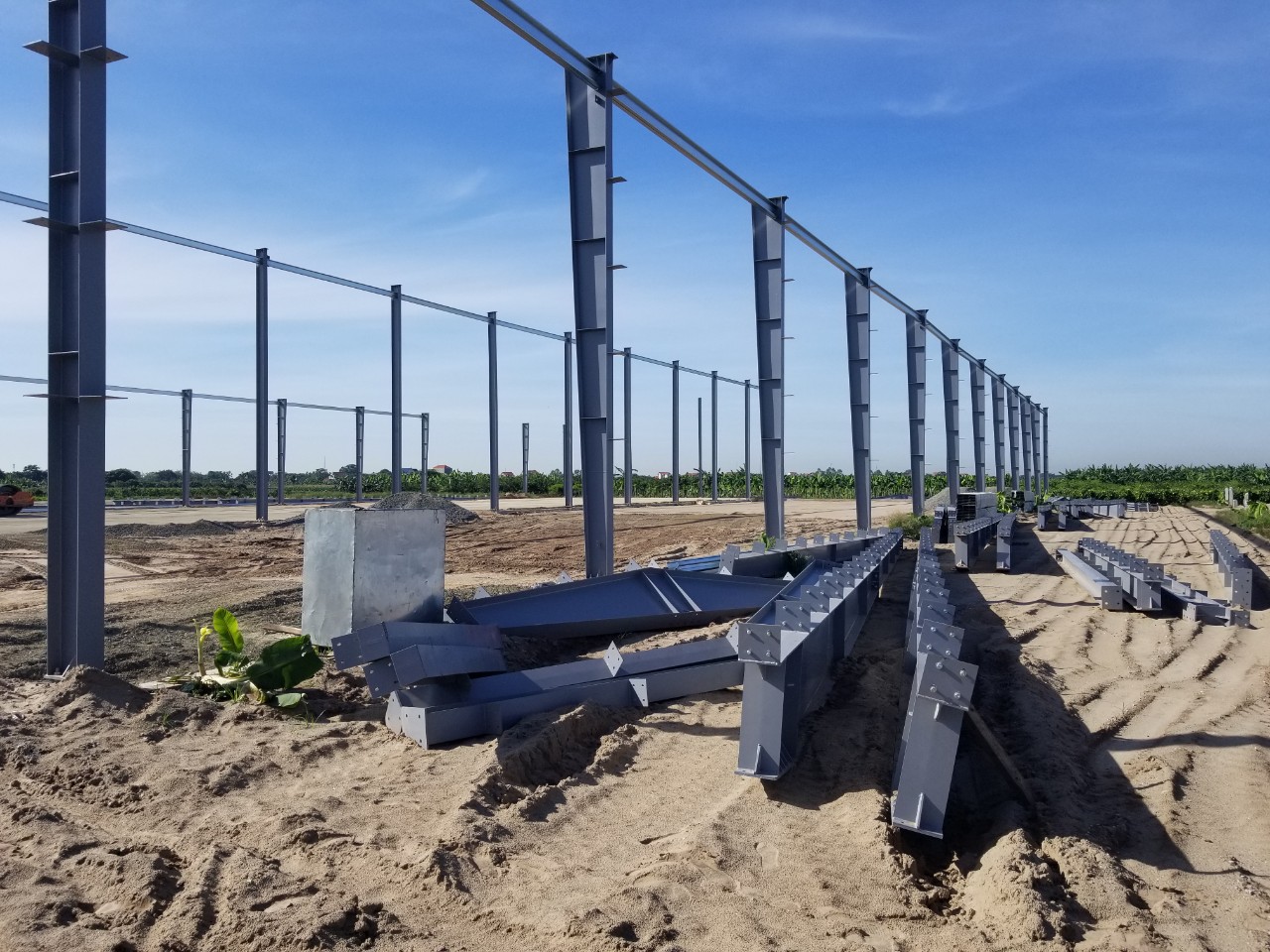
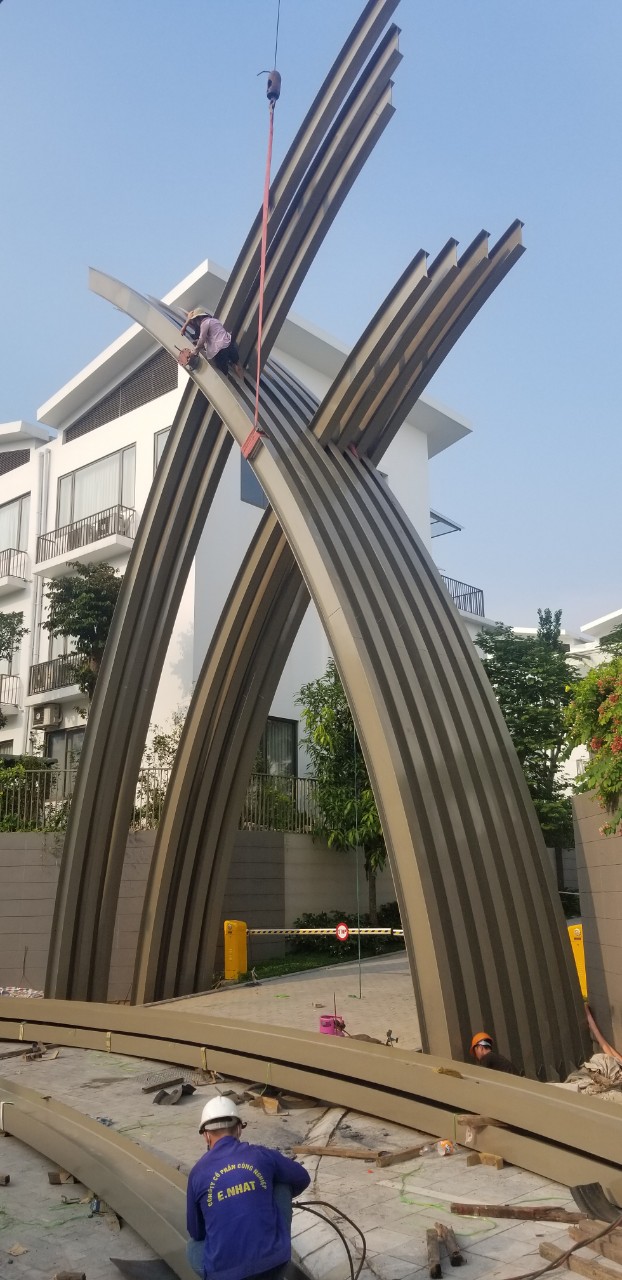


 VN
VN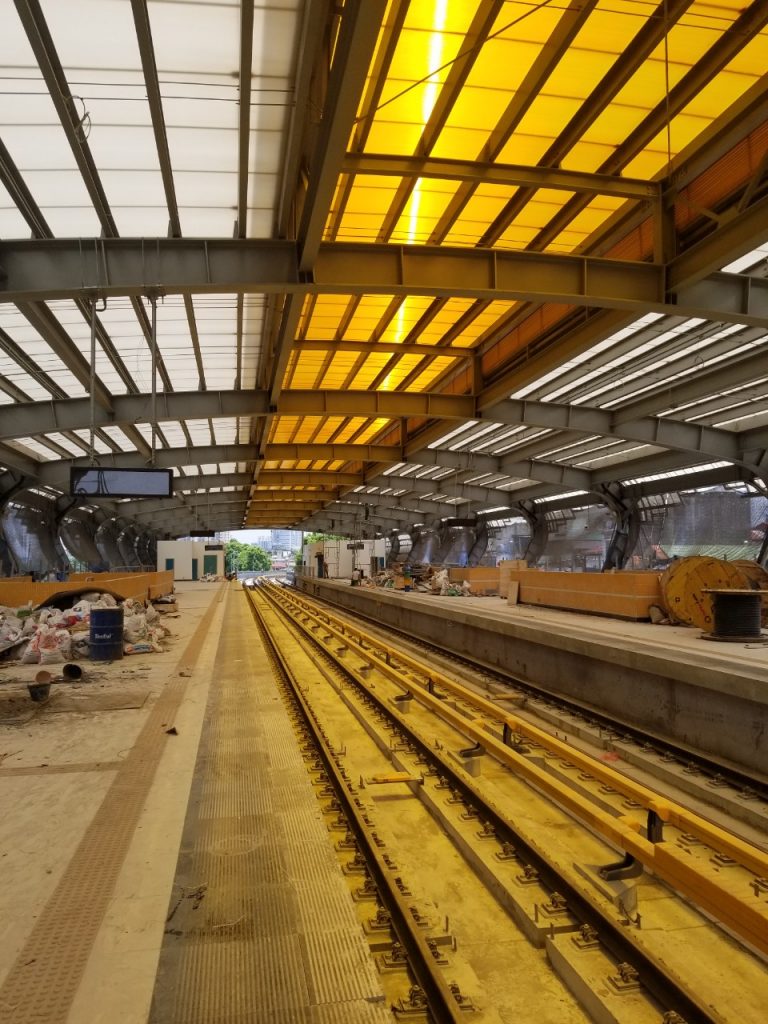
best nighttime medicine for allergies prescription allergy medicine list allergy pills non drowsy
best homeopathic remedy for acidity bactrim 480mg uk
order accutane 40mg pill order isotretinoin pills accutane 40mg oral
strong dangerous sleeping pills order phenergan 10mg generic
amoxicillin 250mg tablet amoxil 1000mg cheap where can i buy amoxicillin
cheap sleeping pills online order modafinil 100mg online cheap
order azithromycin 250mg without prescription where to buy azithromycin without a prescription order generic zithromax 500mg
buy gabapentin pill order neurontin 600mg online
azithromycin 250mg brand order azithromycin 500mg online azithromycin over the counter
order generic omnacortil 40mg buy prednisolone tablets prednisolone drug
order amoxil generic brand amoxicillin 1000mg buy generic amoxicillin for sale
doxycycline online acticlate cheap
where to buy ventolin without a prescription buy cheap albuterol albuterol inhalator price
augmentin 625mg uk buy generic clavulanate
order synthroid 100mcg online levothroid online where can i buy levothyroxine
order vardenafil 20mg pills order levitra 10mg sale
order serophene pills clomid ca purchase clomiphene pill
buy generic zanaflex for sale buy tizanidine 2mg online buy tizanidine 2mg
order rybelsus 14mg pills semaglutide price buy rybelsus 14 mg online cheap
order deltasone 10mg purchase deltasone sale deltasone 20mg cost
rybelsus 14mg pills buy rybelsus without a prescription buy semaglutide 14 mg for sale
isotretinoin 10mg sale accutane 10mg brand order accutane 10mg online cheap
order ventolin 2mg generic best allergy for runny nose order ventolin inhaler
buy amoxicillin 250mg sale order amoxil pills buy generic amoxicillin
oral clavulanate augmentin for sale buy augmentin pills
azithromycin price azithromycin price how to buy zithromax
order synthroid 75mcg sale order synthroid online cost levothyroxine
omnacortil 20mg usa order prednisolone 10mg pill cheap prednisolone 5mg
order gabapentin 100mg sale buy neurontin 800mg pill gabapentin 100mg ca
buy clomid cheap clomiphene 50mg sale brand clomiphene 50mg
purchase lasix for sale buy lasix online cheap furosemide 40mg price
viagra sildenafil 25mg best viagra sites online sildenafil fast shipping
buy doxycycline pills for sale acticlate order online doxycycline 100mg us
semaglutide 14mg without prescription order rybelsus generic buy cheap generic rybelsus
that roulette online casino game san manuel casino online
how to get vardenafil without a prescription cheap levitra 10mg order levitra 20mg pill
where to buy lyrica without a prescription buy lyrica 150mg sale pregabalin 150mg uk
hydroxychloroquine sale hydroxychloroquine 200mg without prescription order hydroxychloroquine generic
triamcinolone 10mg generic triamcinolone 10mg ca buy aristocort online cheap
cialis dosage 40 mg buy cialis 40mg for sale order cialis 40mg online cheap
clarinex 5mg generic purchase desloratadine online cheap order clarinex without prescription
purchase cenforce pill order cenforce without prescription cheap cenforce 100mg
buy claritin pill buy generic loratadine order loratadine generic
buy aralen pills for sale where can i buy chloroquine buy chloroquine pills
order priligy 30mg online order misoprostol 200mcg online cheap buy misoprostol generic
cheap glucophage metformin pill buy metformin 500mg generic
orlistat for sale online xenical generic order diltiazem for sale
generic acyclovir 400mg zyloprim cheap cost zyloprim 100mg
buy norvasc cheap amlodipine 10mg us order amlodipine 10mg sale
crestor ca generic crestor 20mg zetia cost
oral zestril buy lisinopril 2.5mg pills purchase prinivil pills
domperidone tablet order domperidone generic order sumycin pill
prilosec 10mg cheap buy omeprazole 10mg online cheap order omeprazole 20mg pill
cyclobenzaprine for sale online cyclobenzaprine 15mg cost baclofen 10mg cost
buy metoprolol 50mg for sale metoprolol where to buy order metoprolol without prescription
buy ketorolac paypal buy toradol order colchicine 0.5mg online
buy tenormin without a prescription buy tenormin 50mg buy tenormin 100mg
buy depo-medrol usa generic medrol buy cheap medrol
inderal 10mg oral how to buy plavix clopidogrel 75mg brand
academia writing write college essays for money academic writing uk
methotrexate cost methotrexate 2.5mg over the counter warfarin 2mg cheap
buy maxolon without prescription buy reglan 20mg sale losartan 25mg usa
mobic 7.5mg tablet celecoxib tablet order celebrex pill
order flomax 0.2mg pill tamsulosin oral celebrex 200mg oral
order zofran without prescription order zofran 4mg generic order spironolactone without prescription
sumatriptan over the counter levaquin 250mg uk levaquin 500mg brand
cheap zocor 10mg valacyclovir 1000mg over the counter valtrex drug
avodart 0.5mg pill buy dutasteride online buy zantac 150mg
ampicillin price penicillin pills where to buy amoxil without a prescription
proscar order online order generic fluconazole 200mg fluconazole 100mg generic
cipro pills – augmentin 1000mg oral order augmentin 1000mg for sale
ciprofloxacin 500mg us – ciprofloxacin 500mg tablet augmentin 375mg us
buy flagyl 200mg online – buy amoxil tablets buy zithromax no prescription
ciprofloxacin 500mg tablet – order doxycycline generic buy erythromycin 250mg online
valacyclovir online buy – purchase valacyclovir pill acyclovir brand
ivermectin 12 mg oral – suprax sale tetracycline 500mg generic
metronidazole 400mg uk – buy cefaclor 250mg azithromycin buy online
how to buy ampicillin buy cheap amoxicillin amoxicillin buy online
buy lasix 40mg sale – order captopril pills captopril ca
oral glycomet 500mg – bactrim 960mg generic oral lincomycin 500mg
order retrovir 300mg generic – irbesartan where to buy allopurinol usa
how to buy clozaril – clozaril 50mg generic famotidine 40mg ca
quetiapine without prescription – luvox over the counter eskalith oral
anafranil sale – where can i buy amoxapine order sinequan 25mg for sale
buy atarax without prescription – order generic amitriptyline oral amitriptyline 10mg
amoxil brand – cefadroxil 500mg pill buy baycip for sale
purchase amoxiclav pills – clavulanate brand cost cipro
Magnificent goods from you, man. I’ve understand
your stuff previous to and you’re just too excellent.
I actually like what you have acquired here, really like what you’re stating and the way in which you
say it. You make it entertaining and you still take care of to keep it wise.
I cant wait to read far more from you. This is really a terrific web site.
Look into my webpage: vpn code 2024
I like the valuable info you provide in your articles.
I will bookmark your weblog and check again here regularly.
I am quite certain I’ll learn a lot of new stuff right here!
Good luck for the next!
Feel free to visit my website – vpn coupon 2024
Thanks for your marvelous posting! I quite enjoyed reading it,
you will be a great author. I will remember to bookmark your blog
and will eventually come back at some point.
I want to encourage you to continue your great posts, have a
nice morning!
Also visit my web blog – vpn special
cleocin 300mg for sale – vantin 200mg uk how to get chloramphenicol without a prescription
Hey just wanted to give you a brief heads up and let you know a few of the pictures aren’t loading properly.
I’m not sure why but I think its a linking issue.
I’ve tried it in two different browsers and both show the
same results.
my page … vpn coupon 2024
order zithromax 500mg online – azithromycin 250mg price buy ciplox 500mg online cheap
generic ivermectin – ivermectin 3mg over counter cefaclor 500mg cost
albuterol over the counter – order allegra 180mg online theo-24 Cr pills
desloratadine price – order ketotifen 1 mg pills albuterol medication
medrol usa – loratadine usa azelastine 10ml nasal spray